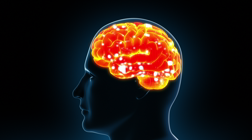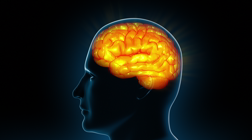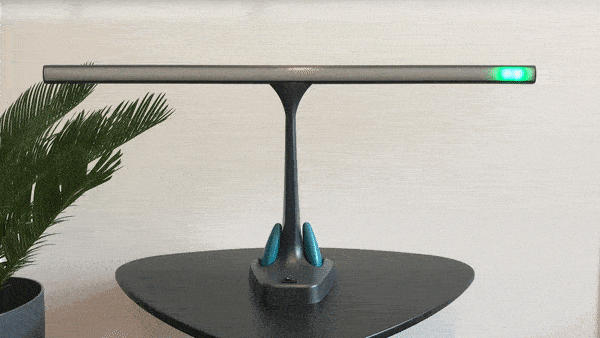How EMDR Works?
Effective Therapy Technique for Trauma, PTSD, Anxiety, Somatic, Phobia
EMDR Therapy focuses on the past, the present, and the future.
A traumatic event or a situation that produces PTSD, anxiety, phobia, stress, and related mental disorders happens. It affects the body first, then the emotions kick in and the brain starts to “reprocess” the event. You think about it, sleep on it, get support, time passes, etc.
This therapy treatment works with the adaptive information processing system in the brain to change (reduce) the intensity of emotions, distressing experiences, and memories.

Human Brain Anxious
EMDR therapy can change the impact of a traumatic event (such as rape and sexual abuse, combat trauma, childhood trauma and neglect, life-threatening accidents, etc.) and effectively treat other related mental issues such as anxiety, fear, phobia, panic attack, and stress.
When you have completed EMDR Therapy, you will not only have resolved past traumatic memories, but you will also be comfortable with any present-day triggers and confident about any challenging issues coming up in the future.
Although you can still remember the traumatic event it no longer bothers you and you have peace with them.

Human Brain Calm
What is EMDR Therapy procedure?
We recognize the exact type of the problem
We work together to achieve the goal
We try to end the therapy successfully
What happens in an EMDR session?
In the initial assessment and preparation sessions, the therapist collects information about the client’s history and discusses the trauma, specific memory, or situation that is causing emotional distress such as anxiety, depression, and trauma related symptoms.
After the assessment session, the therapist asks you to think about the traumatic memory or issue and uses bilateral sensory stimulation (visual, tactile and auditory) to trigger the brain.

EMDR therapy Session
Our therapist uses an EMDR Wireless Kit (the Light Tube for visual, Pulsators for tactile stimulation and Headphone for auditory) to activate and control the stimulation in sets of intervals.
The idea is that traumatic memories sometimes get “stuck” in the information processing system of the brain, along with the emotions and even the physical sensations that went with the original experience.

EMDR wireless kit
Want to learn more about EMDR Therapy?
contact the EMDR therapist today
Pantea Rafati MACP, RP , EMDR

Registered Psychotherapist , EMDR Specialist

I’m offering EMDR Therapy in-person for the clients in the greater Toronto area. Toronto (North York), Thornhill, Richmond Hill, Markham, Vaughan, Aurora, Newmarket, and etc.
